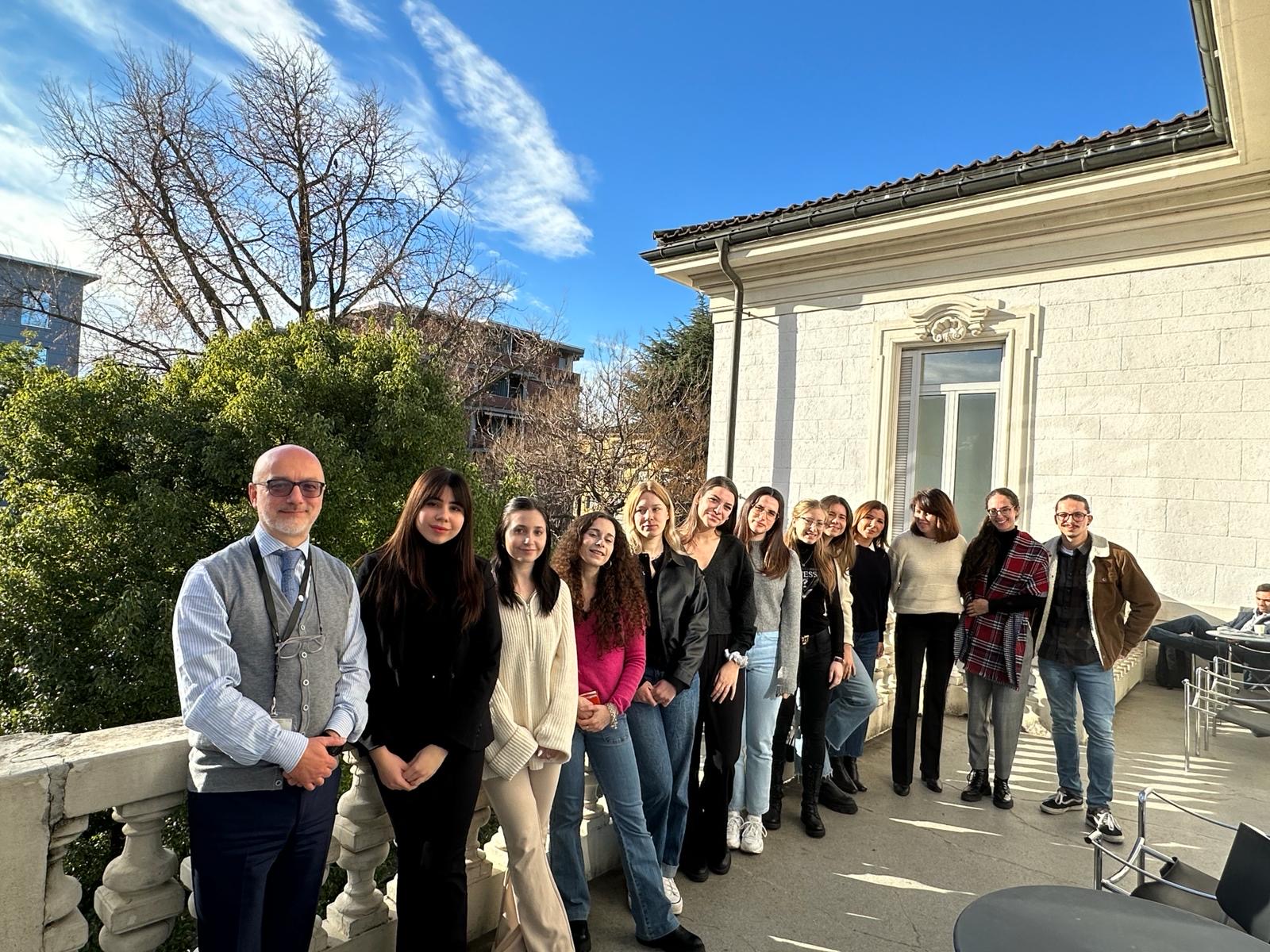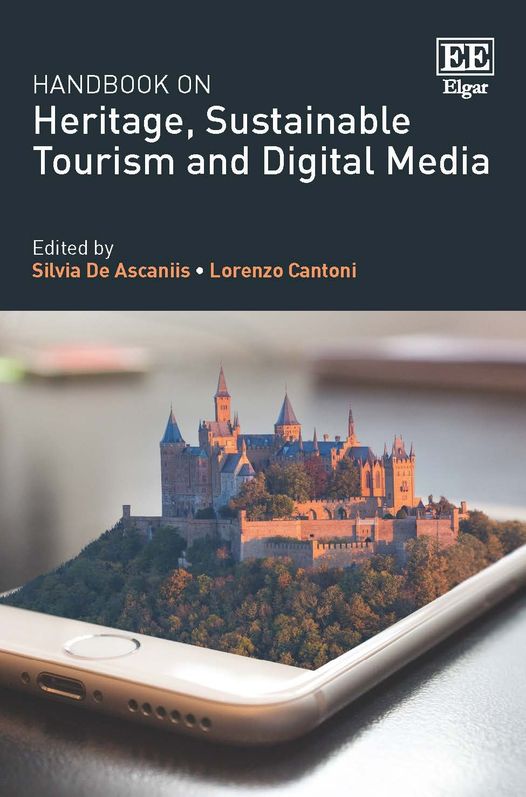UNESCO Chair in ICT to develop and promote sustainable tourism in World Heritage Sites
2nd coordination meeting with UNESCO category 2 institutes and centres (C2Cs) and UNITWIN/UNESCO Chairs related to the Culture Sector
The meeting has taken place on 23-24 November 2017, at the UNESCO Headquarters in Paris. It followed the first coordination meeting, held in December 2015, and was organized around the overarching theme of Culture as an enabler of sustainable development. Prof. L....
“Tourism Management at UNESCO World Heritage Sites” new free online course open for registration!
The online course Tourism Management at UNESCO World Heritage Sites is a new MOOC (Massive Open Online Course) that provides a wide overview of the main tourism issues at World Heritage Sites. It is produced by the UNESCO-UNITWIN Network Culture, Tourism, Development,...
La médina de Fès : réalités et perspectives d’une inscription sur la liste du patrimoine mondial d’une ville millénaire
From 2 to 5 October 2017, prof. Lorenzo Cantoni has participated to the international workshop organized by the Unitwin UNESCO Network «Culture, Tourisme, Développement» (to which USI's UNESCO chair is affiliated), in collaboration with the Université Euromed de Fès....
A great experience and a best paper award at HTHIC 2017
From 27th to 29th September 2017, a delegation of the UNESCO Chair at USI composed of prof. Lorenzo Cantoni, dr. Silvia De Ascaniis and Emanuele Mele participated in the third Heritage, Tourism and Hospitality International Conference held in Pori (Finland). The...
A new website for UNESCO.CH
In 2016, the Chair received an official mandate by the Swiss Commission for UNESCO (SCU) to perform a strategic analysis of its online communication and to help re-design it. The mandate was carried out in two steps. In the first phase, different methodologies were...
HERITAGE Tourism and Hospitality, 3rd International Conference
The UNESCO Chair at USI is actively involved in the conference as a partner and with two activities on place: a keynote presentation by the chair-holder, professor Cantoni, on "eLearning for Heritage, Tourism and Hospitality: an outline and some experiences", which...


